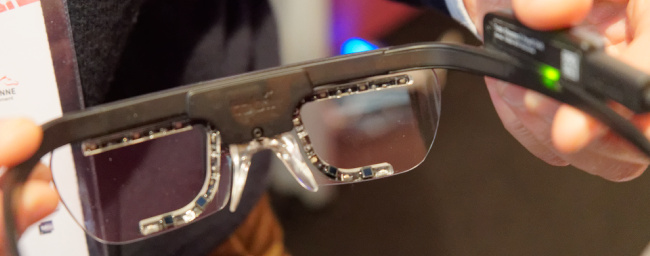
I spotted last week that Apple was forty years old just a week or so ago – which took me back to my early computing days. I became a home computer enthusiast when I decided that if I wanted to be in business (and I was then in the steel tube industry), I had better learn a bit about the technology. Early exposure to a very bad teacher convinced me that I had ‘no talent for IT’, but a very good teacher then fired me up once I had started to learn how to programme a computer. Pretty soon, when all the other steel tube salesmen were going to the pub for lunch, I was filling in coding sheets to be entered on the college PDP 8 mini-computer (all paper tape and print outs – no graphics or displays at all).
Once I saw an Apple ][, I was hooked and had to buy one. It seemed a lot of money as I had a new house and a young family, but it opened the way for me to enter the computer business, selling peripherals for the company that had previously been the exclusive distributor for Apple in the UK. Apple bought that part of the company to establish Apple UK and I joined the company to manage sales in the peripherals that had no Apple badge. Later, IBM brought out a PC and the business exploded. I was very involved in printers and other peripherals (I sold some of the very first HP laserjets), but I always loved displays best, which is why I’m still in displays, 35 years later.
In some ways, though, I remain disappointed with computing. The experience of a modern computer is fantastic – I remember the first ‘luggable’ Osborne and other PCs (we had a Hitachi PC in the ’80s that we called a desktop computer because it was so big, if you weren’t using it as a computer, you could use it as a desktop!!). Today’s fantastic displays and huge battery life, and tiny weight are a huge contrast.
However, in one way, since the launch of the Mac (and I went to the UK launch event as chairman of the Apple User Group in the UK), the desktop computing experience remains a keyboard, a mouse and a graphic display. Not much has changed. Even touch on the display has not had (nor will have) much impact on the desktop. I believe, therefore that there remains a huge opportunity for someone to transform the desktop experience in the way that Apple did for the phone.
My firm conviction remains that gaze recognition (and I know some readers’ eyes will glaze over ‘Oh, he’s off again…’) but I have yet to see a ‘gotcha’ – it’s fundamental – if you know what I’m looking at, you have a huge advantage in knowing what I care about or what I’m trying to do. Now, gaze takes quite a lot of processing at the moment and for larger displays, you may need more sensors than along one side (or you might want to use glasses with integrated gaze recognition. However, all these issues will be overcome. Apart from anything else, over the last few months we have reported plenty of times of concepts around ‘foveated rendering’. Human vision only needs really high resolution at the centre of where the eye is looking, so it saves a lot of power and processing to render only the centre with high resolution. That’s a real advantage in AR & VR.
Bob
 Tobii has gaze glasses for professional applications. Image:meko
Tobii has gaze glasses for professional applications. Image:meko

